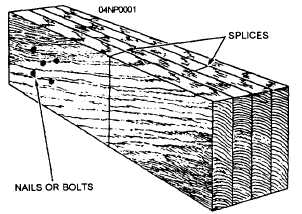Figure 6-1.-Examp1e of a laminated lumber.
a board 1 ft long by 1 ft wide by 1 in. thick. Since the
length of lumber is usually measured in feet, the width
in inches, and the thickness in inches, the formula for
the quantity of lumber in board feet becomes the
following:
Example: Calculate the board measure of a 14-ft
length of a 2 by 4. Applying the formula, you get
Lumber less than 1 in. thick is presumed to be 1 in.
thick for board measure purposes. Board measure is
calculated on the basis of the nominal, not the dressed,
dimensions of lumber. The symbol for board feet is bm,
and the symbol for a unit of 1,000 is M. If 10,000 board
feet of lumber were needed, for example, the quantity
would be 10Mbm.
LAMINATED LUMBER
Laminated lumber is commonly used when
increased wood load-carrying capacity and rigidity are
required. Usually made of several pieces of 1
1/2-in. -thick lumber, called laminations, the pieces are
nailed, bolted, or glued together with the grain of all
pieces running parallel (fig. 6-1). When extra length is
needed, the pieces are spliced with the splices staggered
so that no two adjacent laminations are spliced at the
same point. Built-up beams and girders are examples
of laminated lumber.
Laminations may be used independently or with
other materials in the construction of a structural unit.
Trusses can be made with laminations for the chords
and sawed lumber for the web members (fig. 6-2).
Special beams (fig. 6-3) may be constructed with
laminations for the flanges and sawed lumber for the
webs.
Probably the greatest use of laminations is in the
fabrication of large beams and arches. Beams with
spans larger than 100 ft and depths of 8 1/2 ft have been
constructed with 2-in. boards. Laminations this large
are factory-produced. They are glued together under
pressure. Most laminations are spliced using scarf
joints (fig. 6-4), and the entire piece is dressed to ensure
uniform thickness and width.
PLYWOOD
Plywood is a panel product made from thin sheets
of wood called veneers. An odd number of veneers,
such as three, five, or seven, is generally used so the
grains on the face and back of the panel run in the same
direction. Cross-lamination (fig. 6-5) distributes the
grain strength in both directions, creating a panel that
resists splitting and, pound for pound, one of the
strongest building materials available.
Figure 6-2.-Truss using laminated and sawed lumber.
6-8





